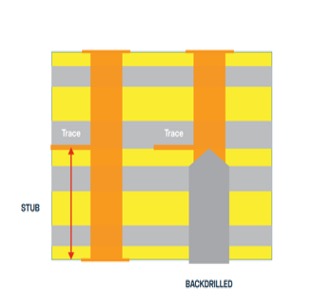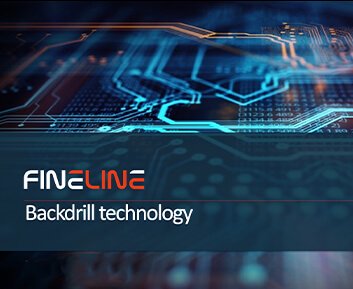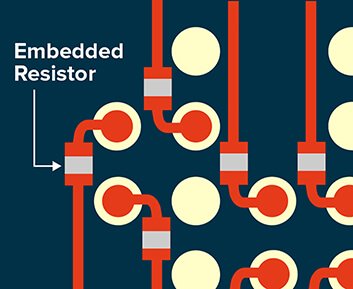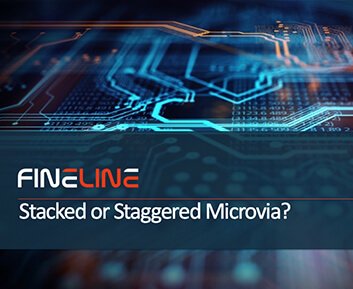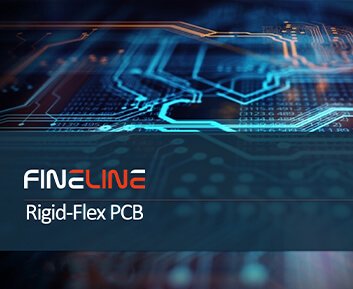
Backdrill Technology
Backdrill is a controlled depth drilling technique used to remove the unused area that is not needed for the signal path called stub.
It is removed by using a drill tool with a diameter larger than the diameter of the original via (PTH) hole.
A stub is the unused area of the via, it doesn’t connect any layers and doesn’t have useful function.
This stub is the cause of impedance discontinuity in the PCB.
Advantages of Backdrill:
- Reduce noise interference & deterministic jitter;
- Improve signal integrity and less signal attenuation.
- Reduce the use of buried & blind vias and reduce the difficulty of PCB production.
- Lower bit error rate (BER).
- Improve impedance matching.
- Minimal design and layout impact.
- Reduce EMI/EMC radiation from the stub end.
- Reduce via-to-via crosstalk.
- Lower costs than sequential laminations.
